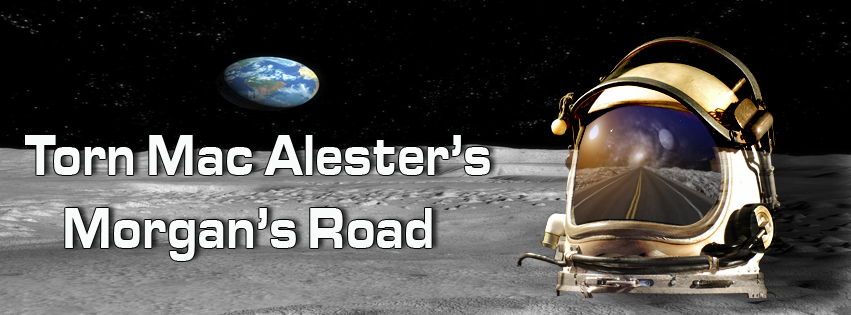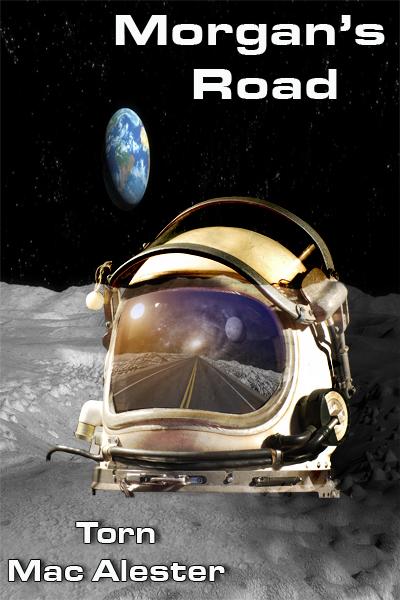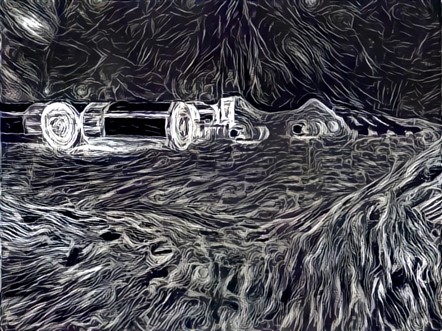
New excerpt from Morgan’s Road, by Torn Macalester on Fiction Fountain (here).

One of the Lunar companies in Thunder Moon Tussle Graphic by Renee Christian; the very special Lady Selene from In the Pantheon

Cover art by Shannan Albright Morgan’s Road By Torn MacAlester Making a living on the Moon is not for everyone, but Nelson Carmike actually preferred the airless basalt plains over Earth’s windy prairies. Unfortunately, three years of Moon prospecting left him penniless, and without funds for supplies he was doomed to face a forced flight […]

This picture was generated by the author using Open Simulator and the Deep Dream Generator. Open Simulator Deep Dream Generator This technique is a means to create what appears to be sketches using screen captures of 3D scenes.

I look forward to read from my new novel “Thunder Moon Tussle” on Saturday April 4 at 6:30 EDT (10:30 GMT) at fictionfountain.com/3d

Republished from DECEMBER 14, 2017 * SPOILER ALERT * It’s a little hard to talk about the science involved in a story without actually discussing some of the aspects of the story. So as a forewarning, I recommend that you read the story first and come back to this article. I’ll continue with the […]